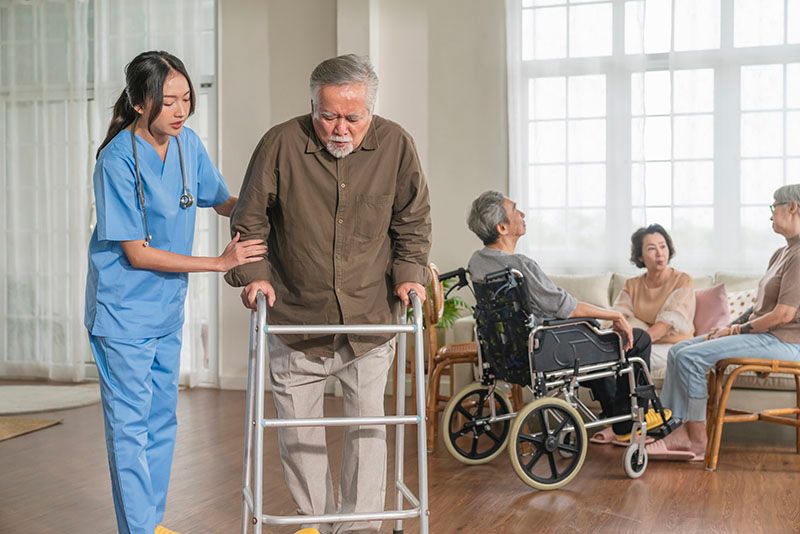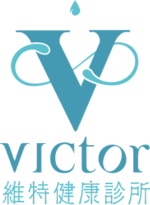STROKE TREATMENT
stroke treatment
Stroke is an emergency. If appropriate and effective treatment is not received immediately, it will cause the sequelae of moderate to severe disability. The person cannot take care of himself and needs the help of others to complete basic daily life, such as: eating, dressing, Bathing, walking, etc. Frequent follow-up medical treatment also places a heavy financial burden on caregivers and families, seriously affecting the quality of life.

THREE CATEGORIES
There are three main types of stroke:
Ischemic (cerebral infarction, cerebral ischemia) stroke
Cerebral blood vessel stenosis due to the disease of the cerebral blood vessel itself, or impurities or blood clots in other parts of the blood vessel, forming a blood clot, leading to brain tissue necrosis and dysfunction. There are often two types of cerebral thrombosis and cerebral embolism.
Hemorrhagic (cerebral hemorrhage) stroke
Due to the rupture of cerebral blood vessels, blood clots are formed to compress the brain tissue. There are often two types of hemorrhage within the brain tissue and subarachnoid hemorrhage.
transient ischemic attack
Symptoms of stroke caused by temporary brain deficiency can usually be fully recovered within 24 hours without leaving any sequelae.






